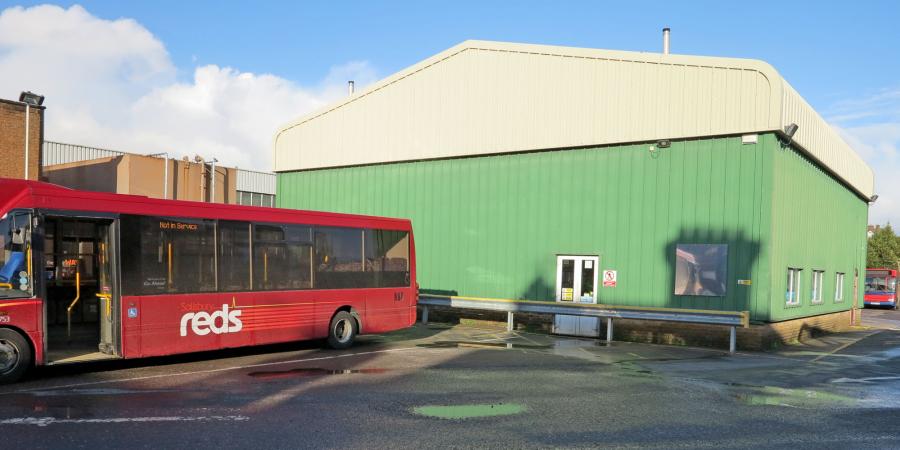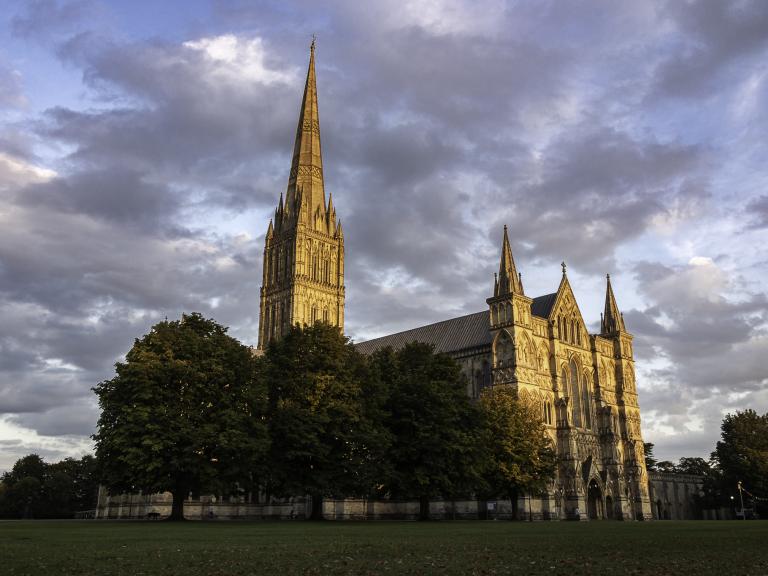Most archaeological work undertaken by Wessex Archaeology results from requirements placed by the Local Planning Authority as a condition of planning consent. Such was the requirement to observe work associated with construction of a new workshop at this site, which lay immediately beyond the northern fringes of the medieval city. As we have seen in the past two weeks very little is known about whether the medieval defences of the city were ever completed, similarly very few opportunities have been provided to consider whether medieval overspill may have extended beyond the known boundaries of the city. Small scale projects such as this one can help fill the gaps.
In the event the only archaeological feature identified during the work was a possible pit that contained post-medieval pottery and brick fragments suggesting that there was apparently no occupation in this part of the city before the post medieval period. In isolation this may sound insignificant but knowing where the blank areas were, is just as important as finding the densely occupied parts. The findings can also be related to previous work; as we saw at Belle Vue House last week, medieval pits have been found in the area. The absence of further pits at Belle Vue Garage helps to link those, at Belle Vue House, with people living in the city.

